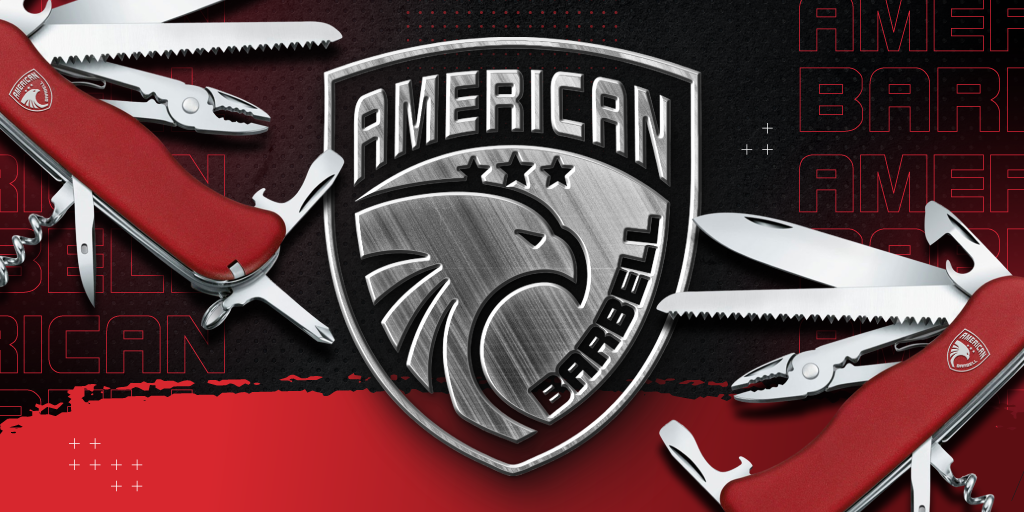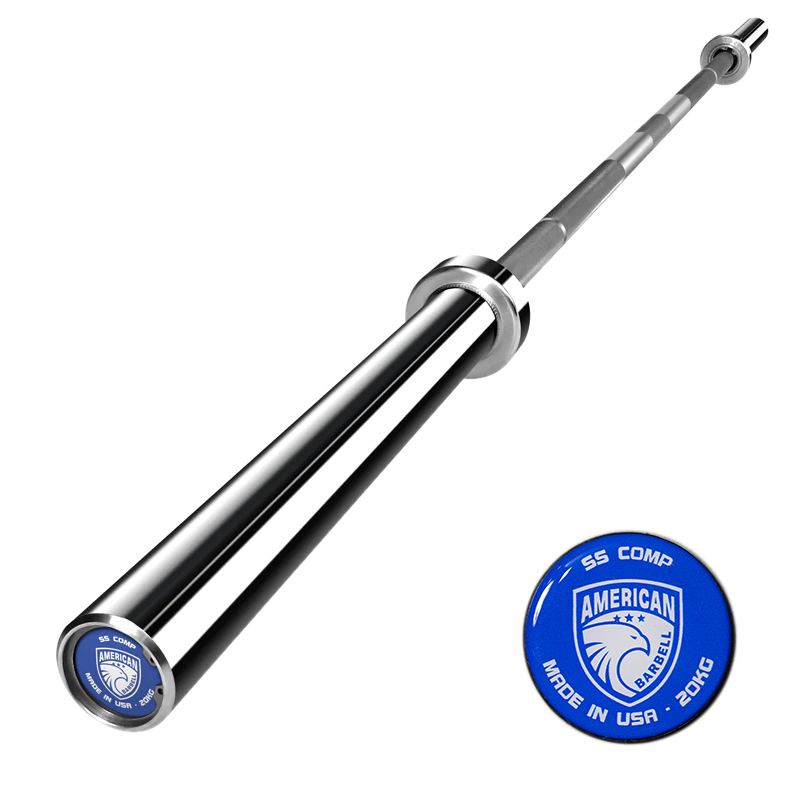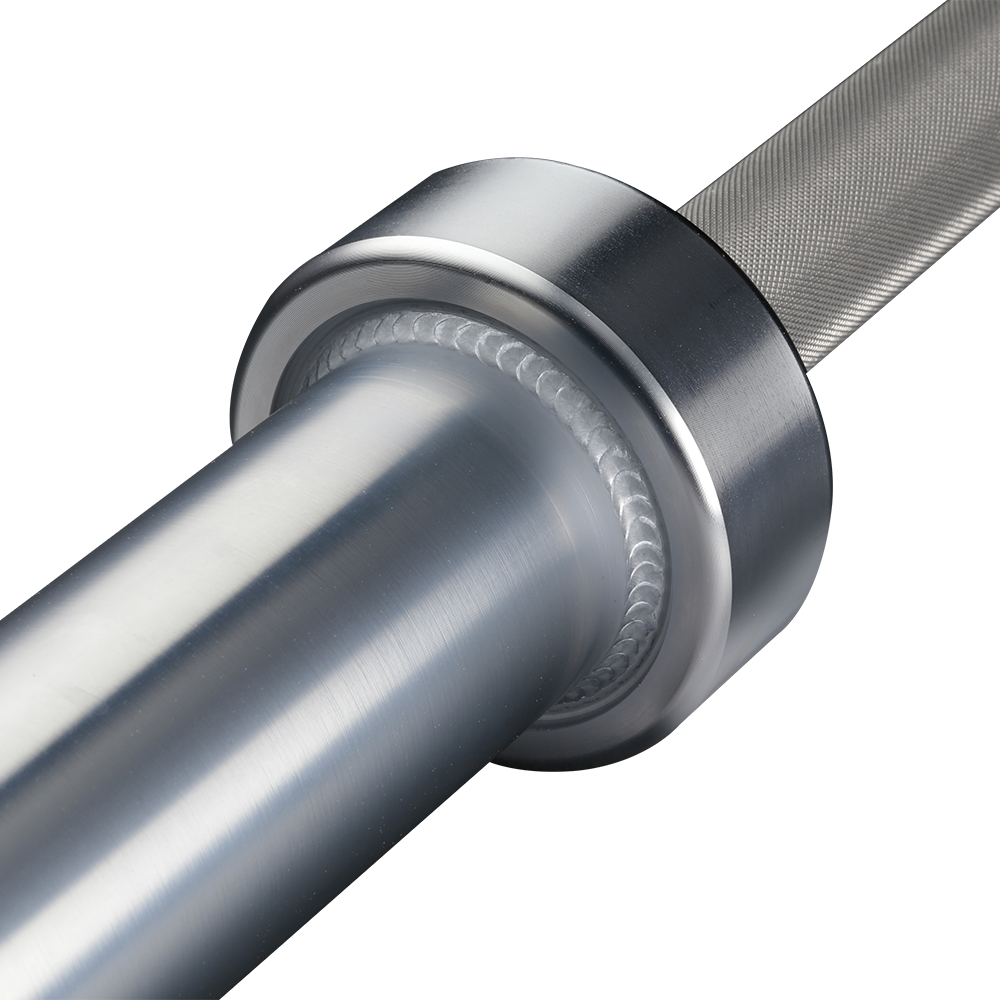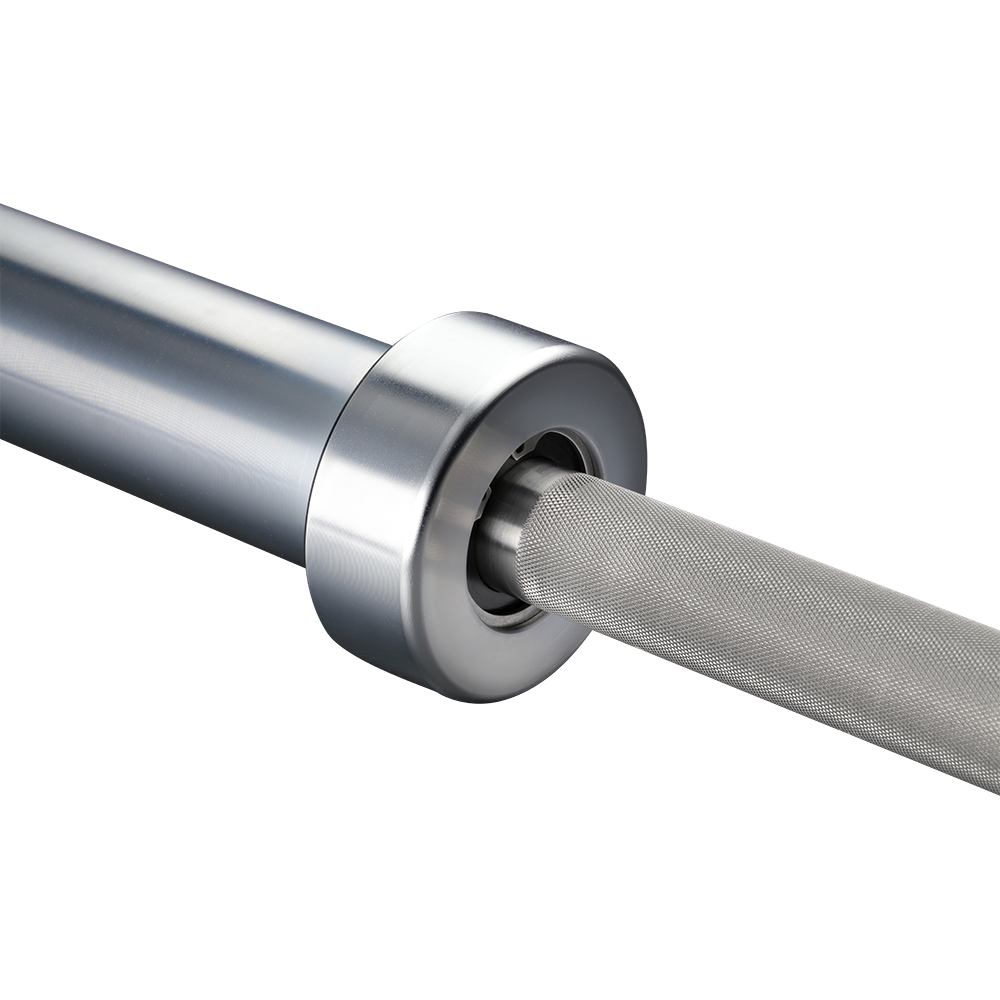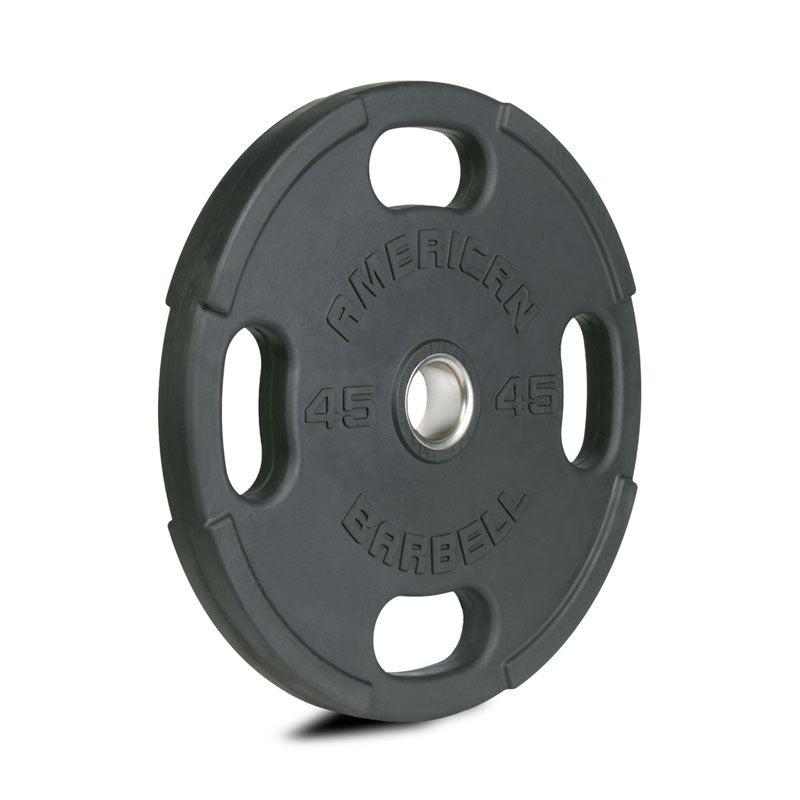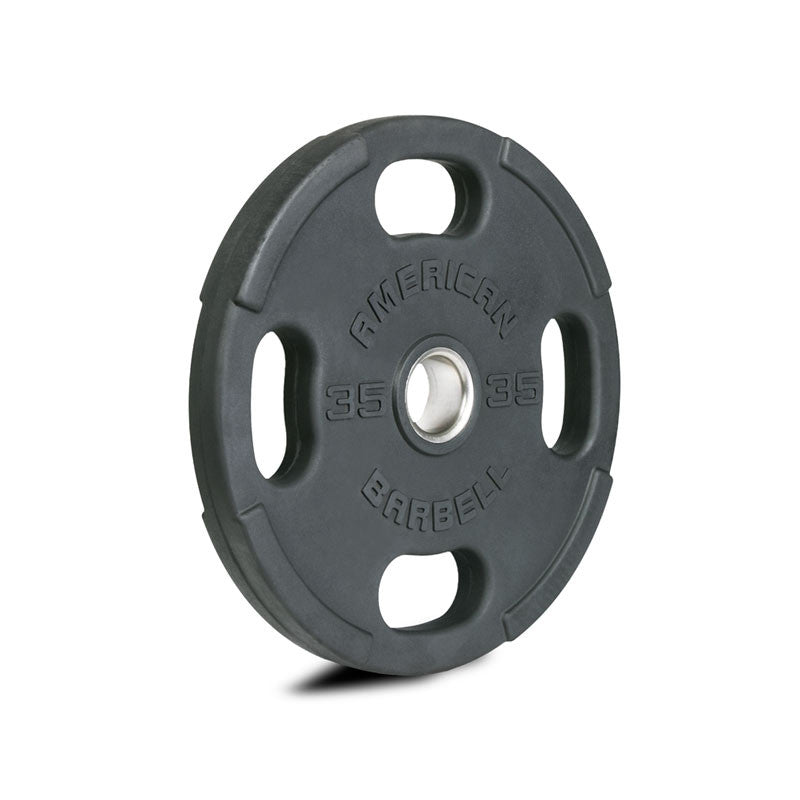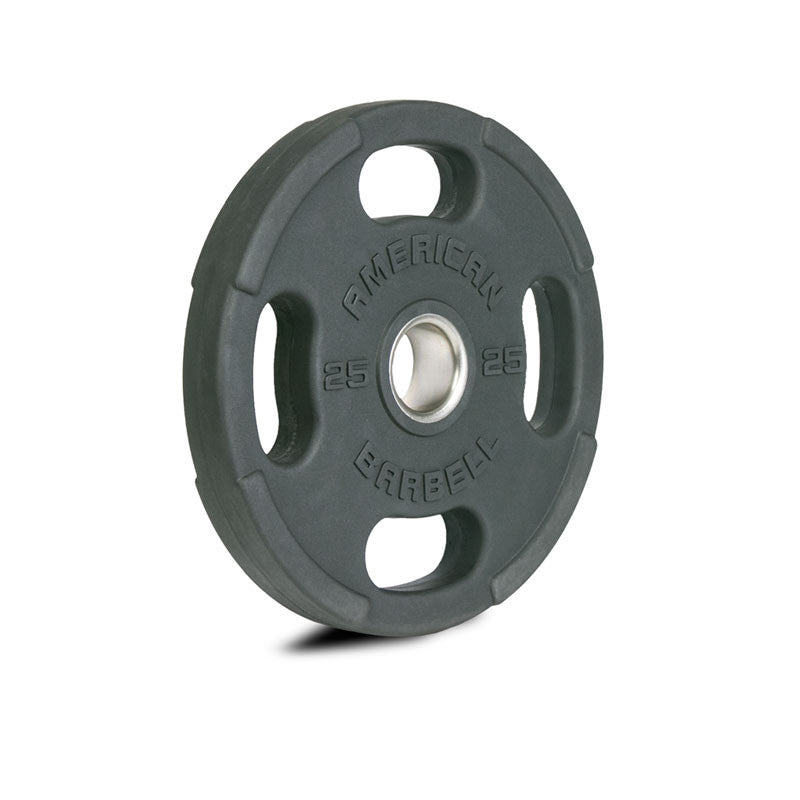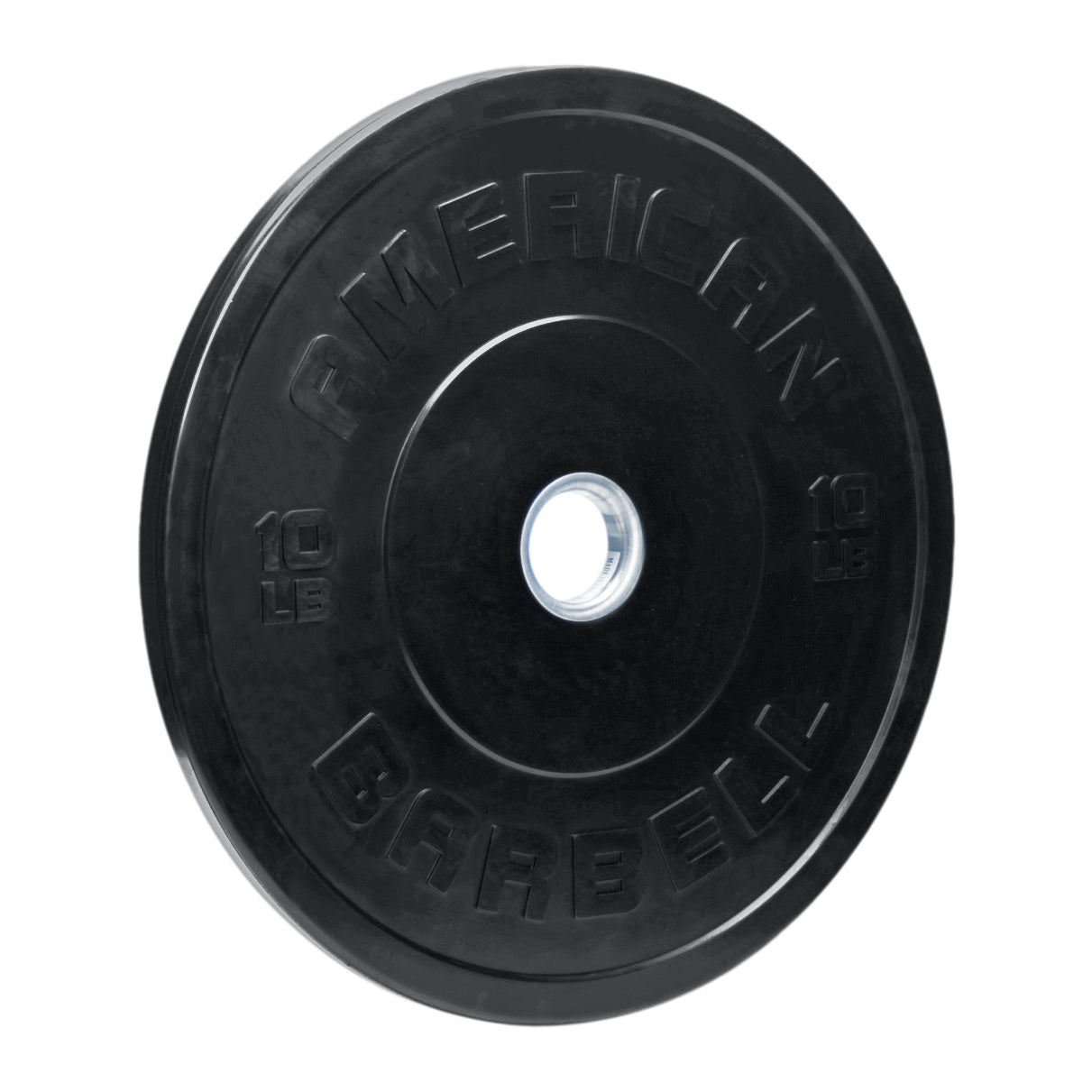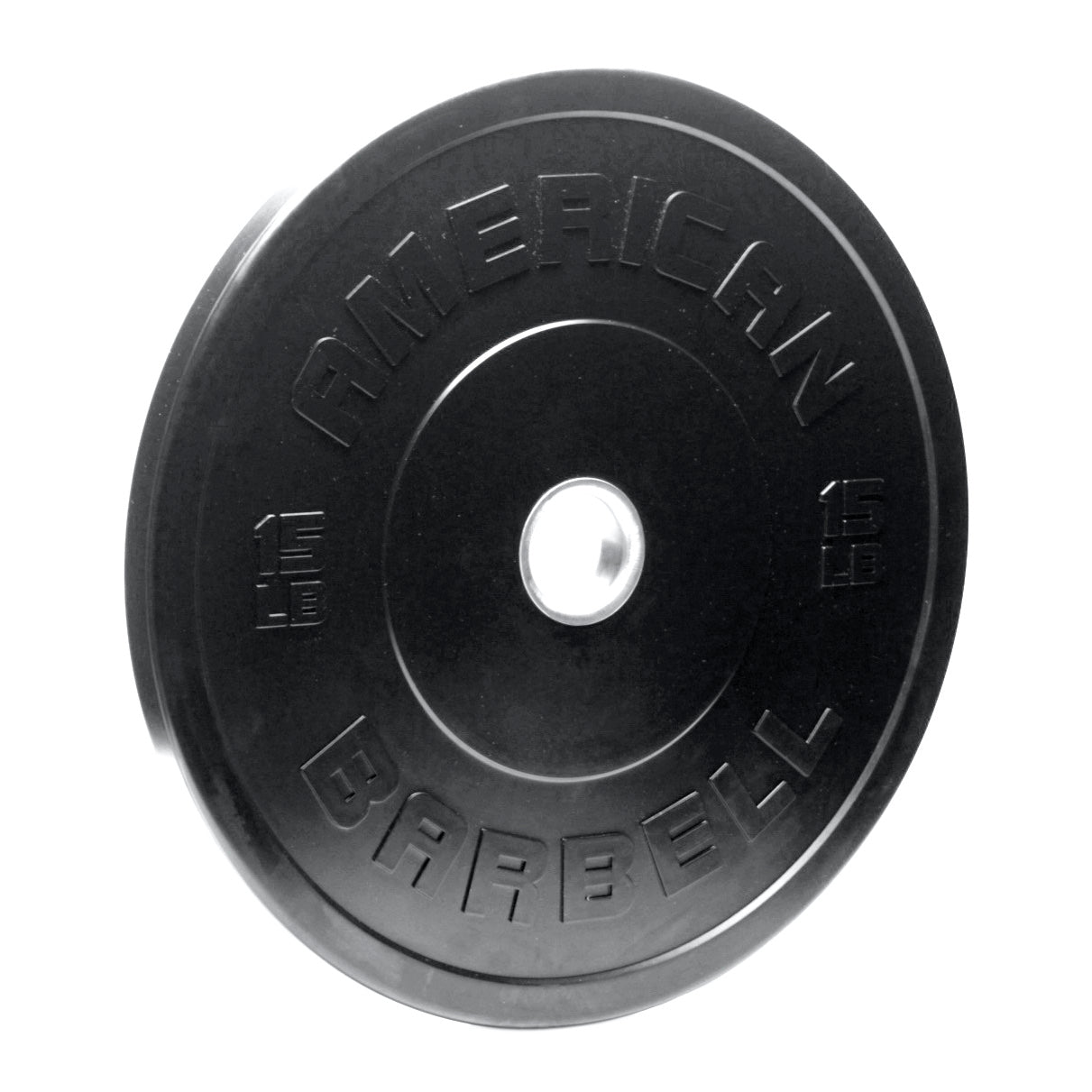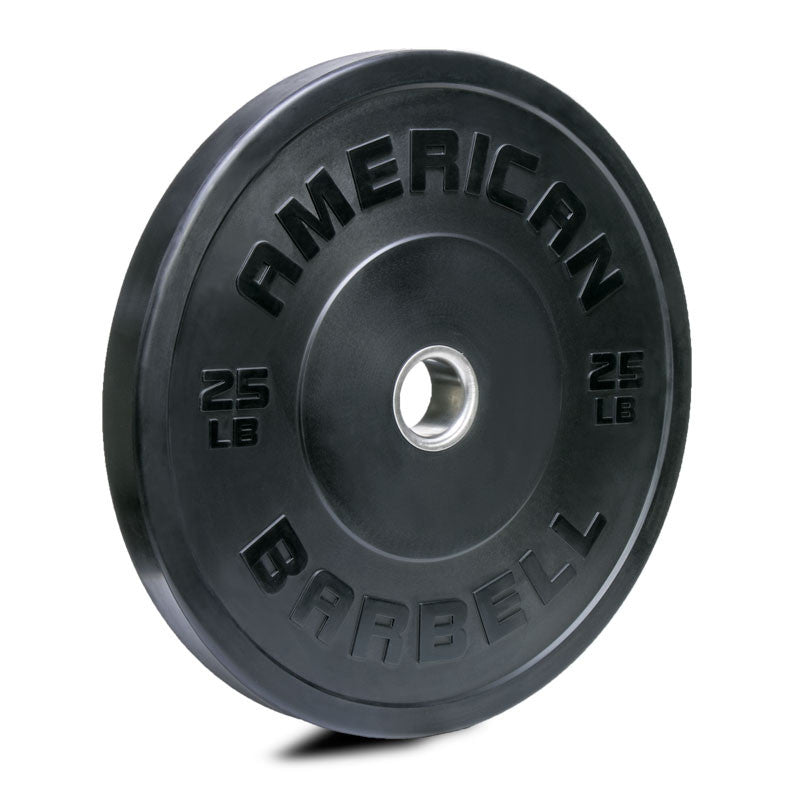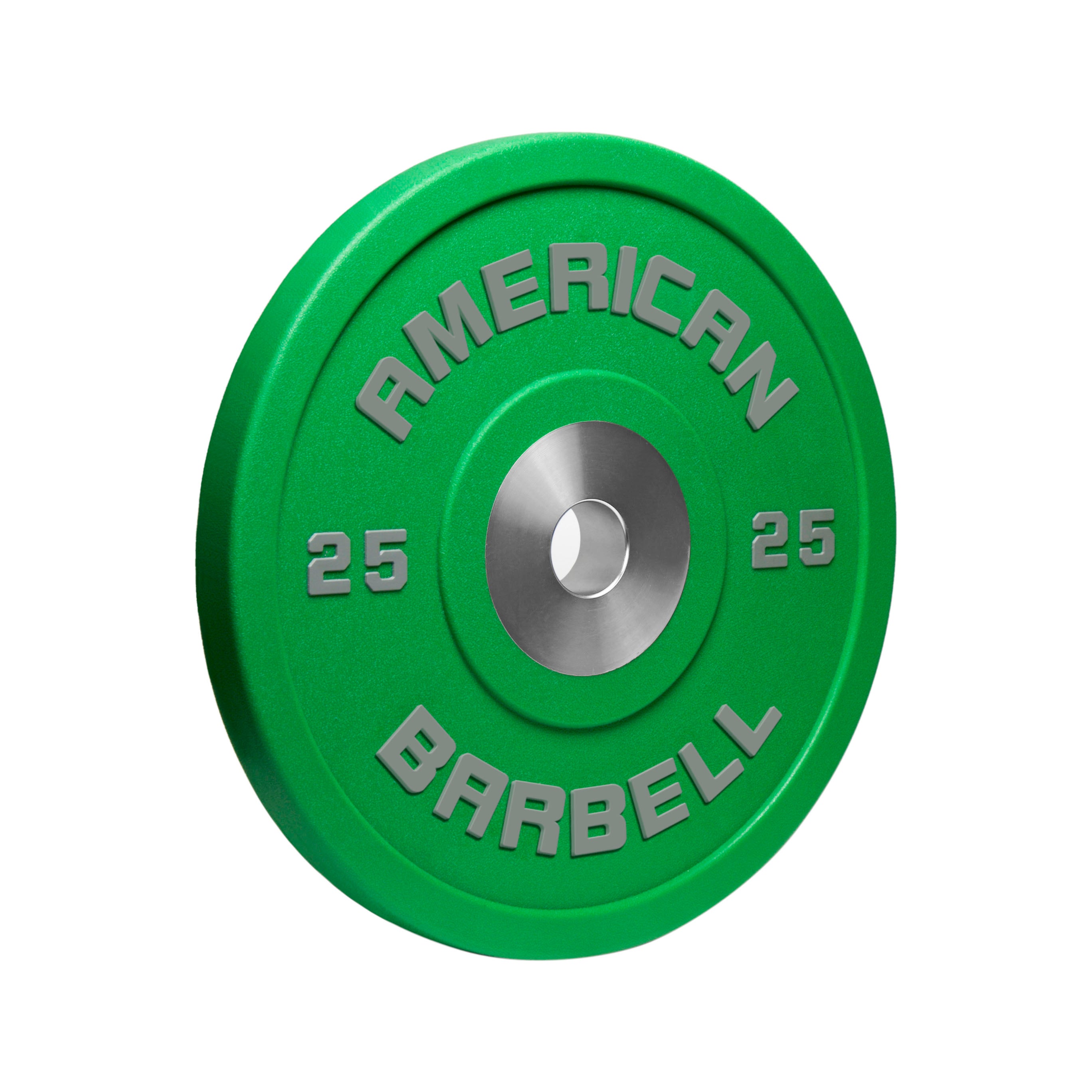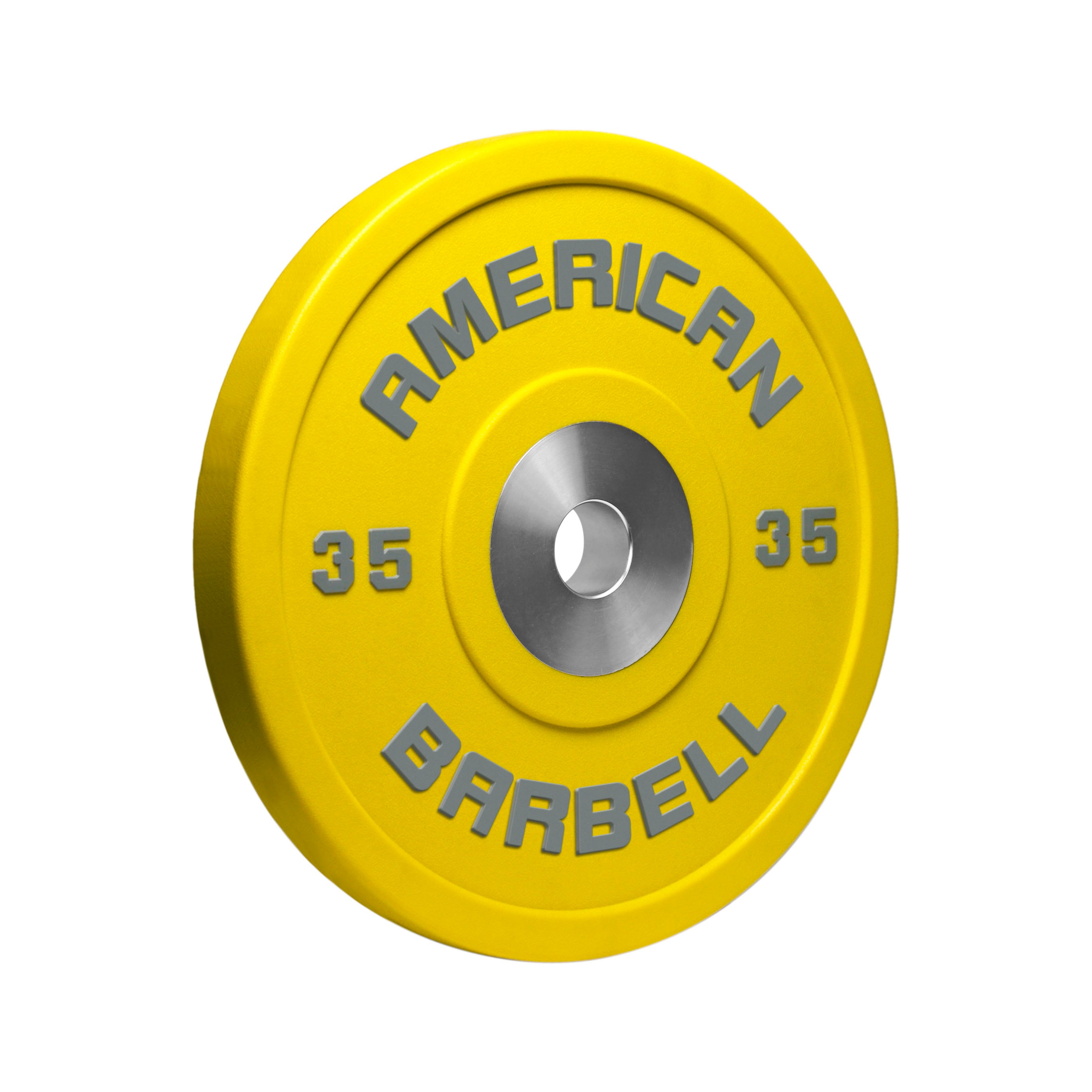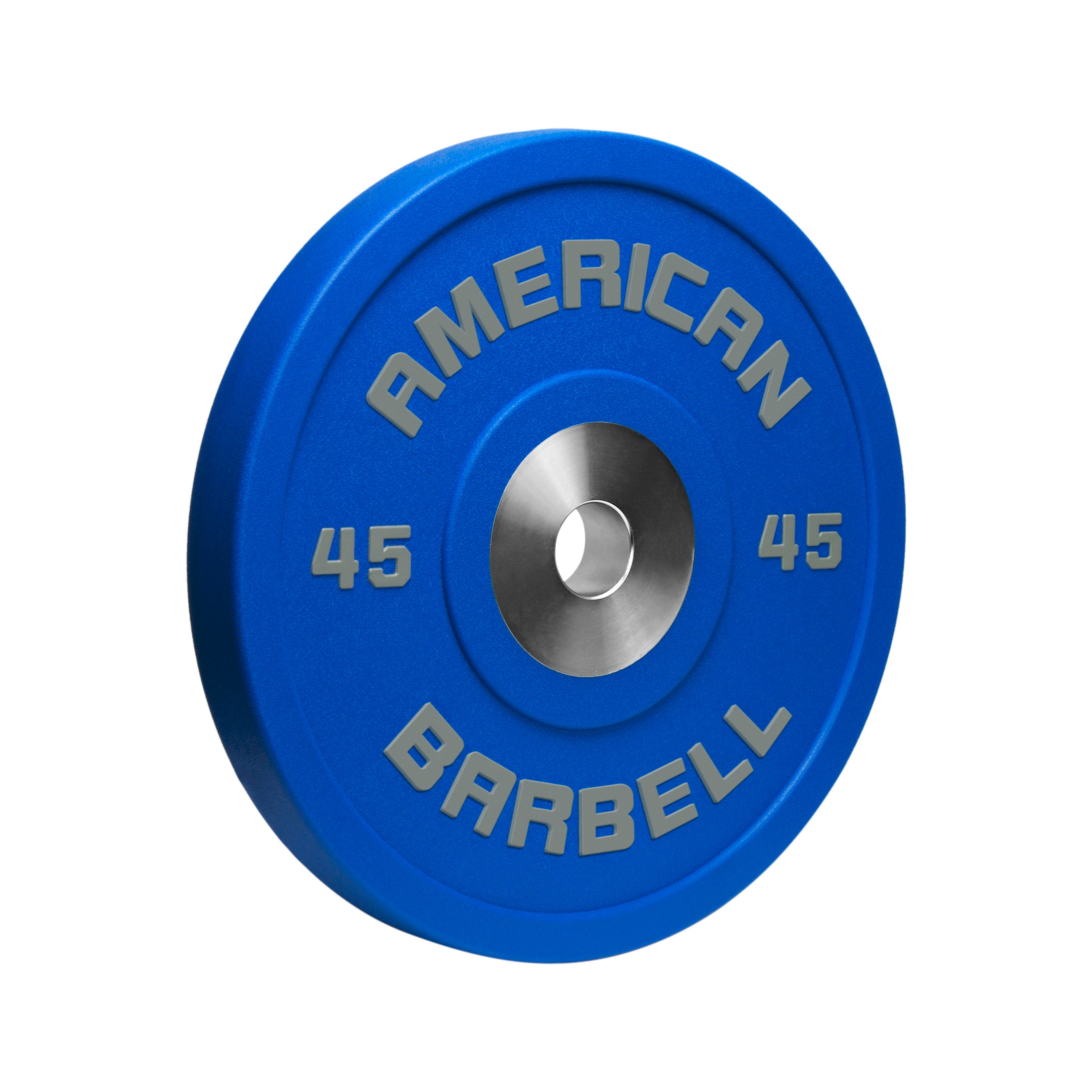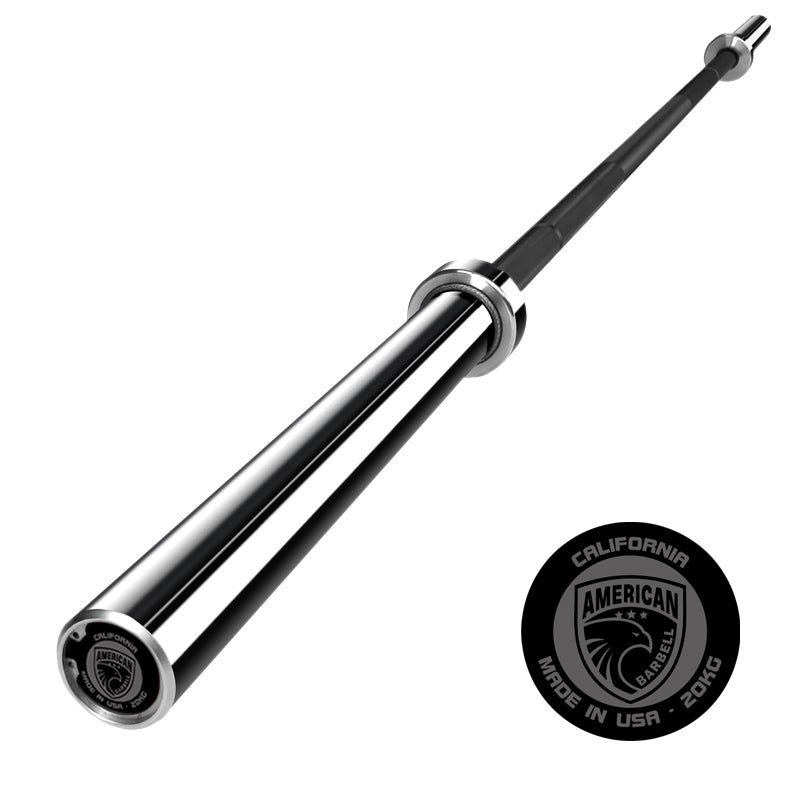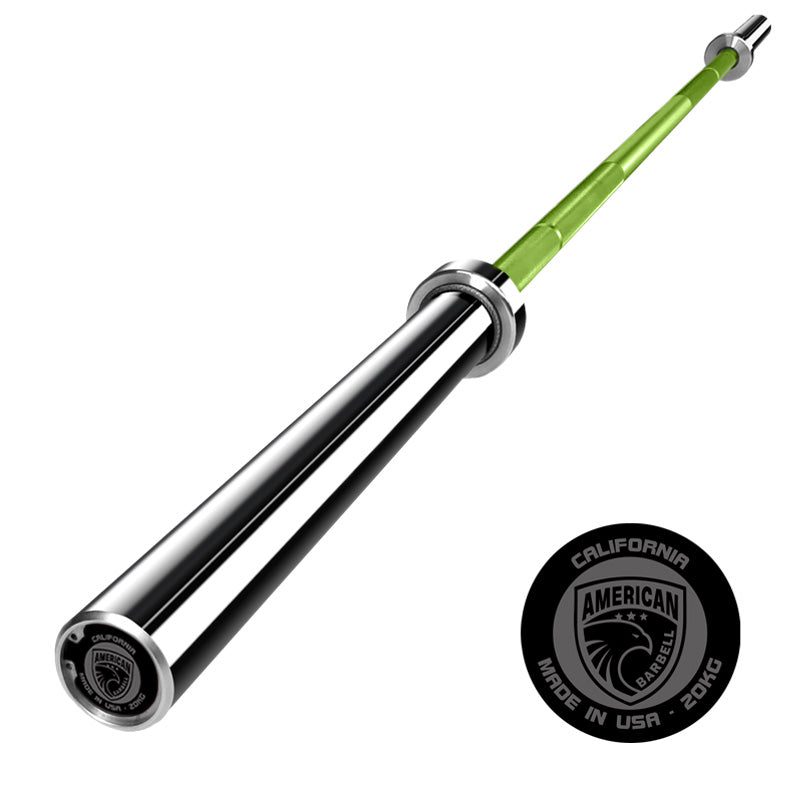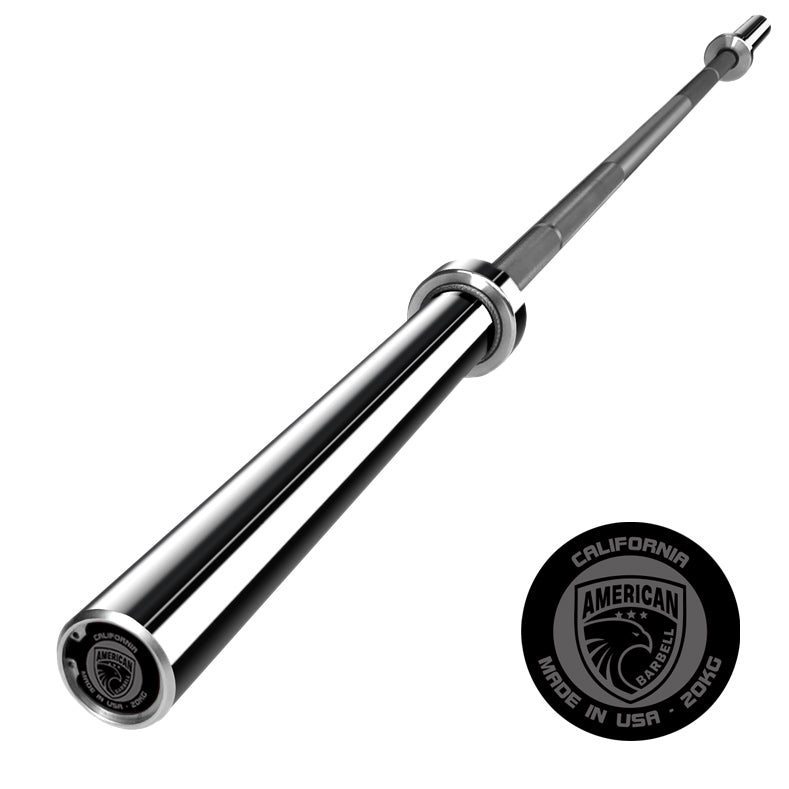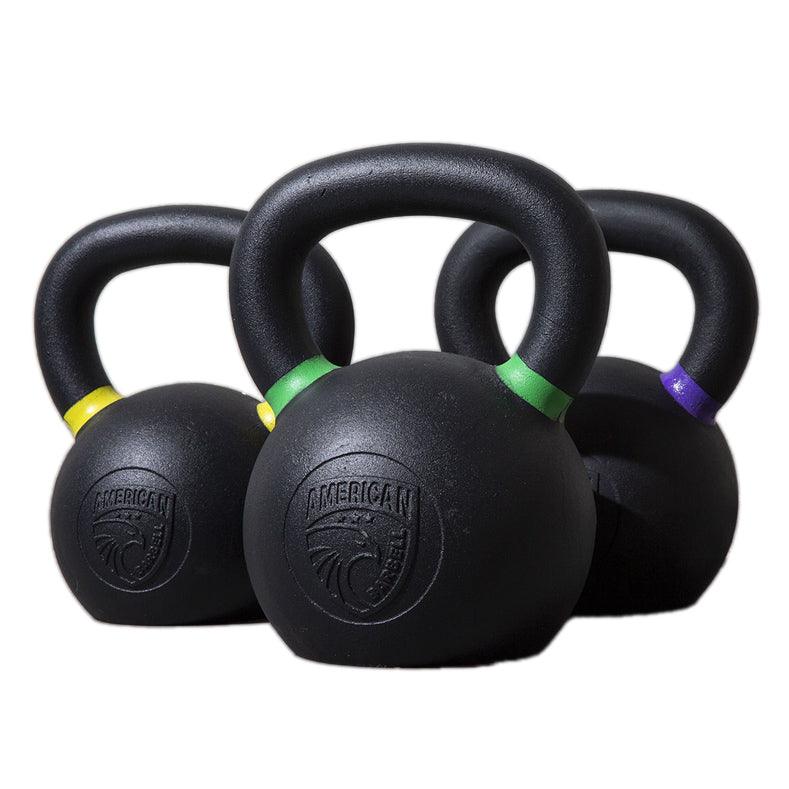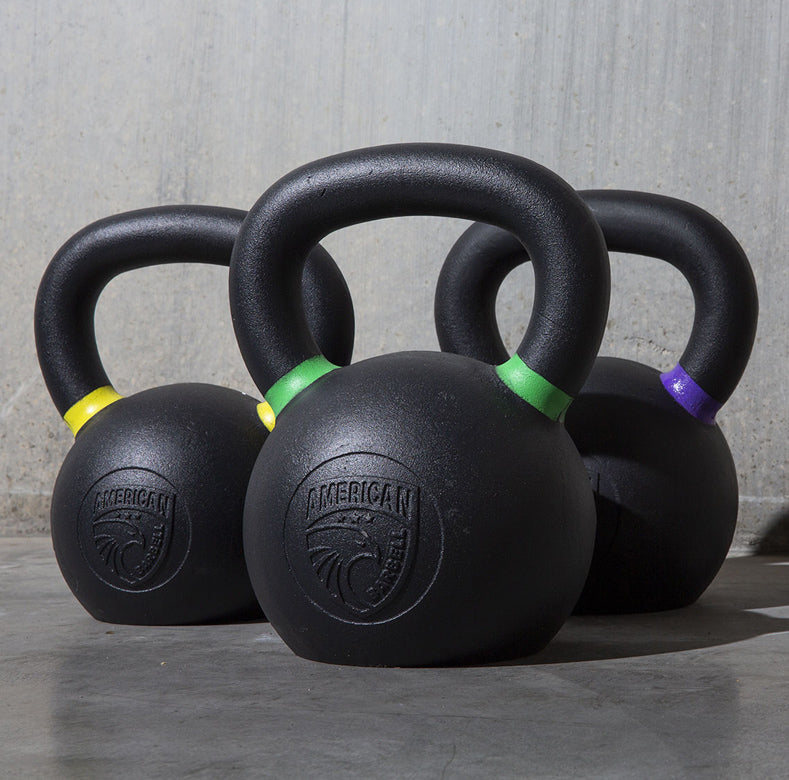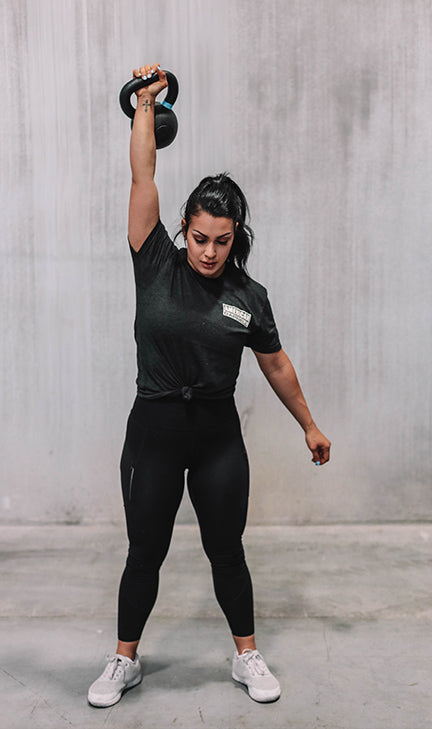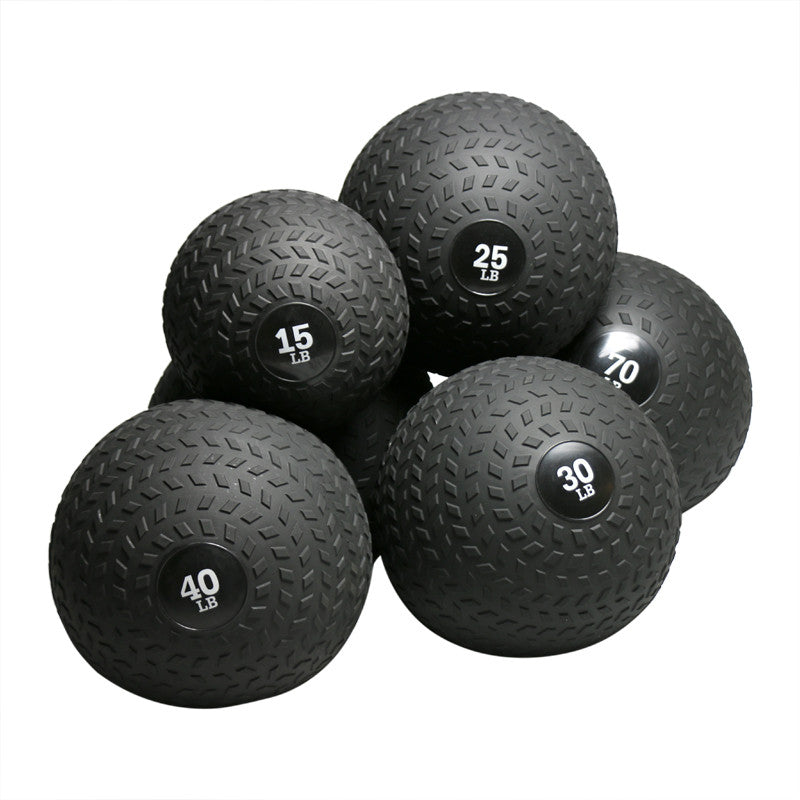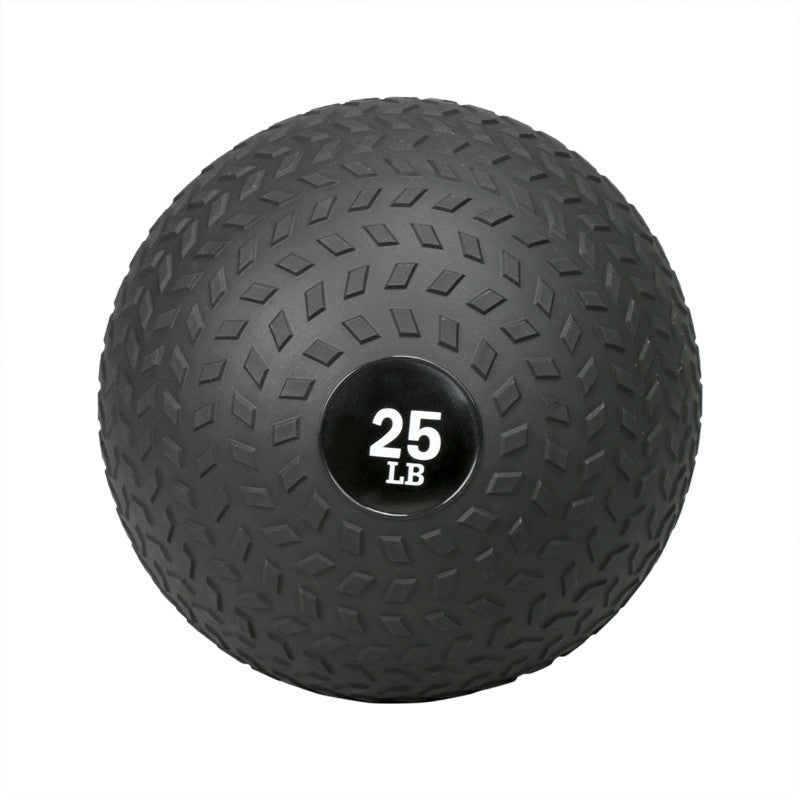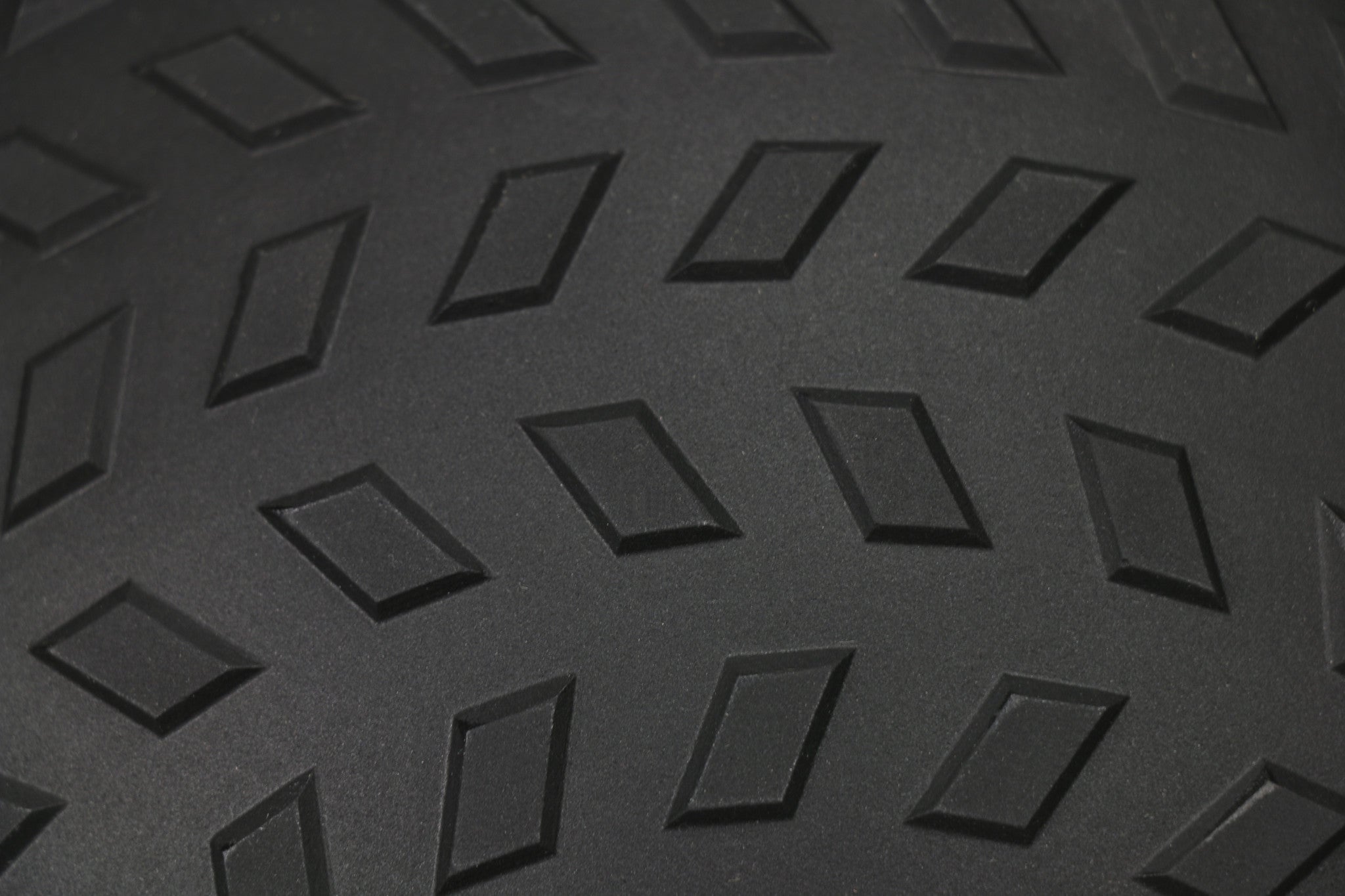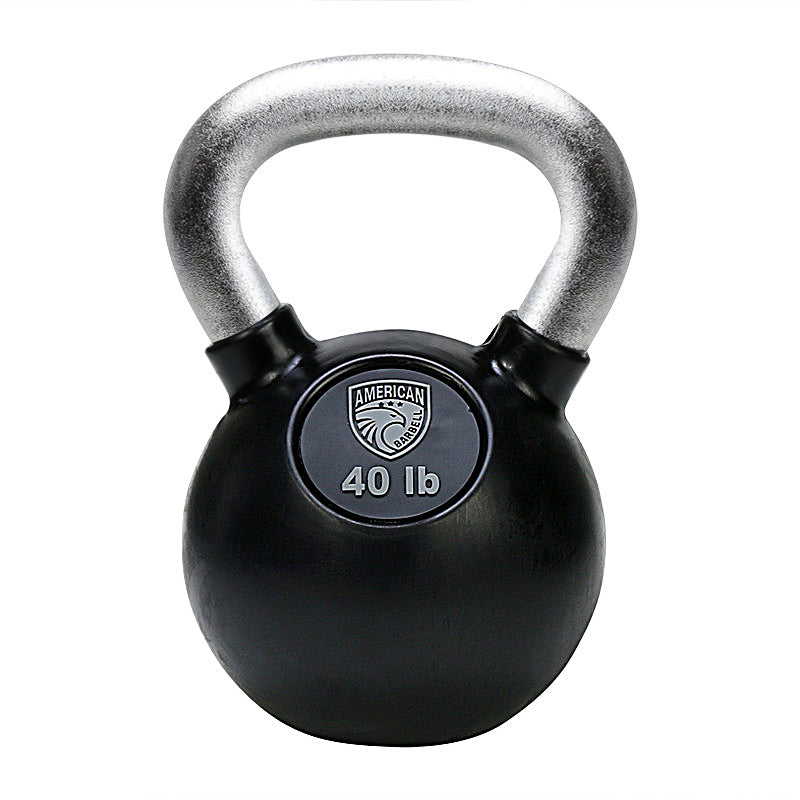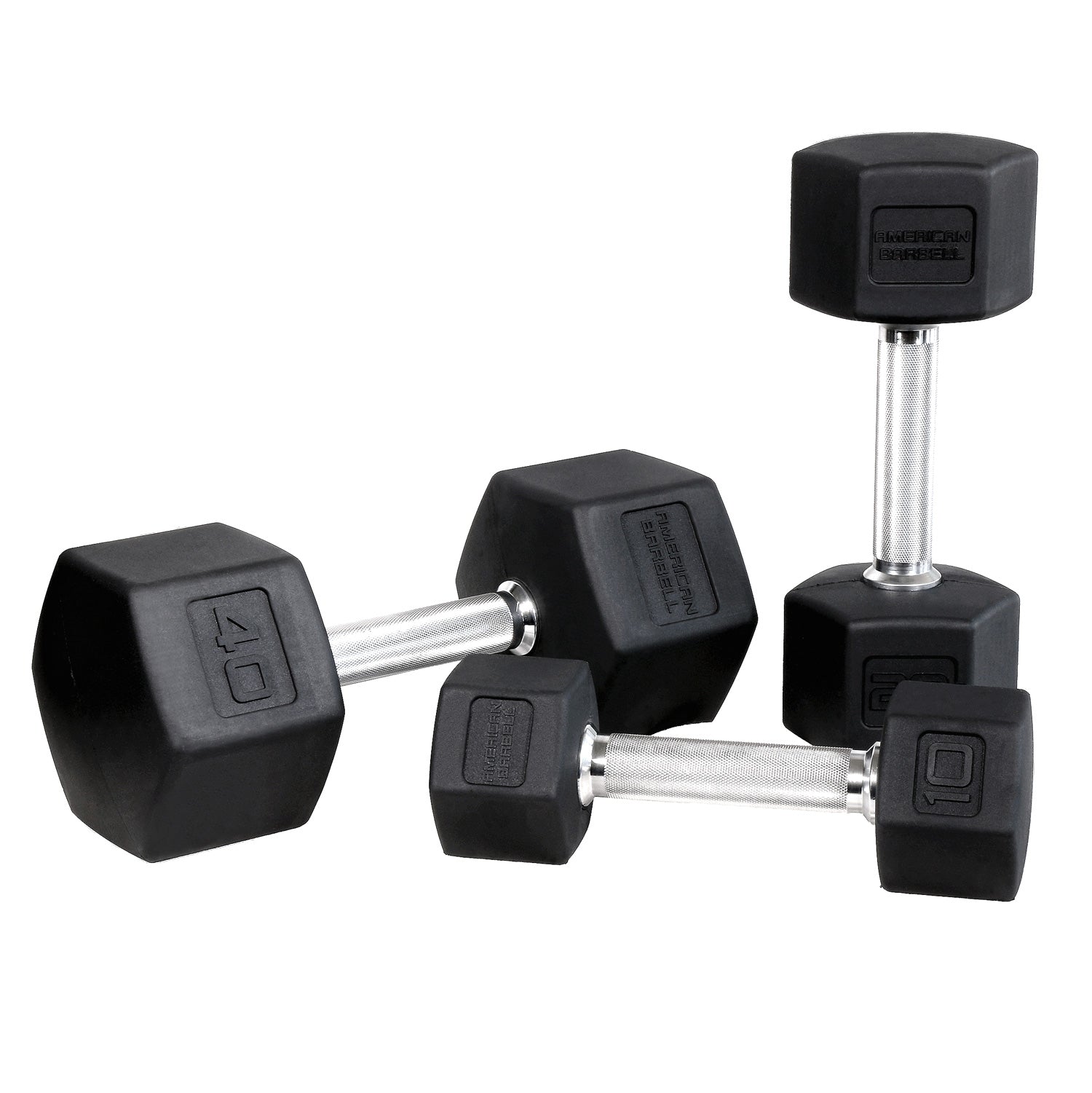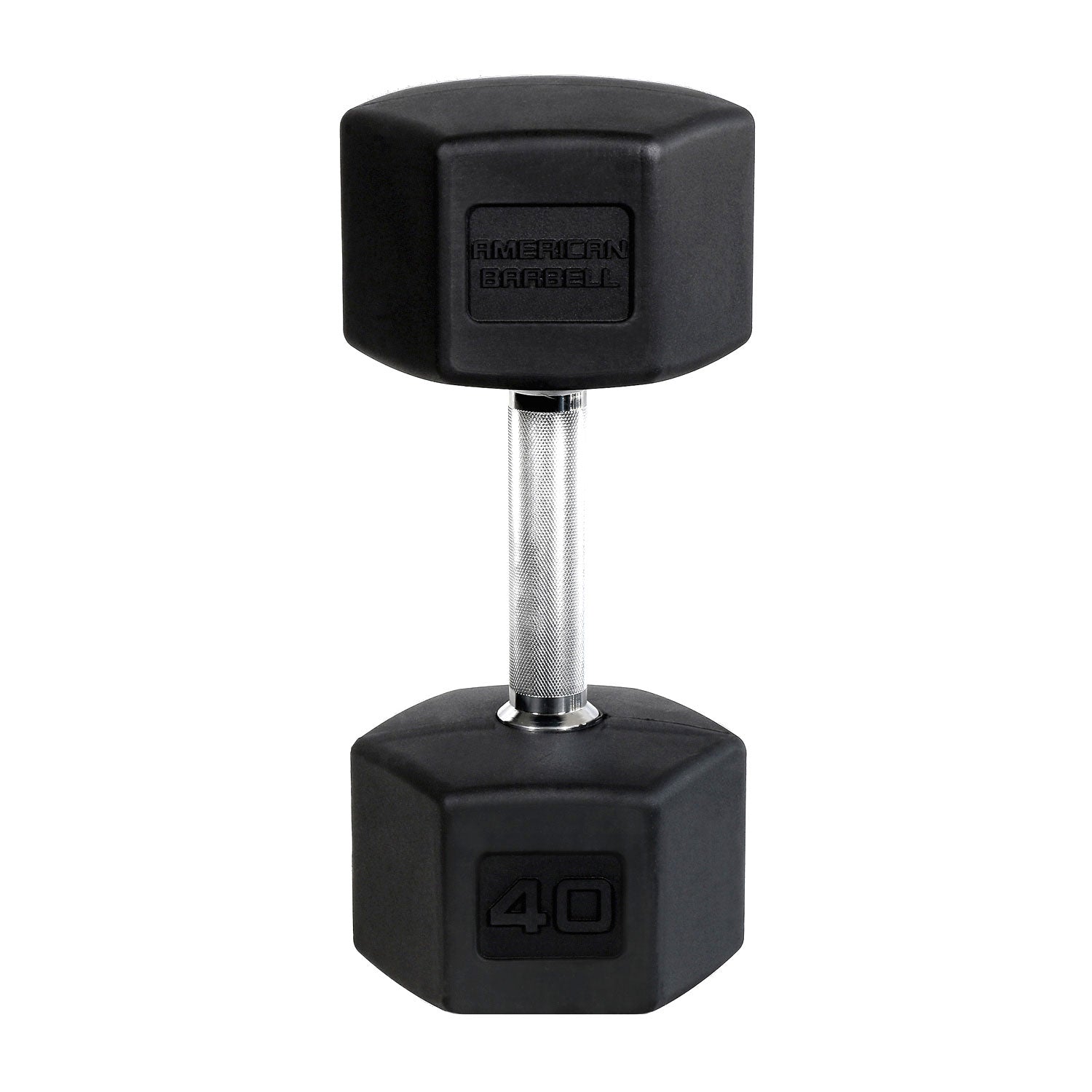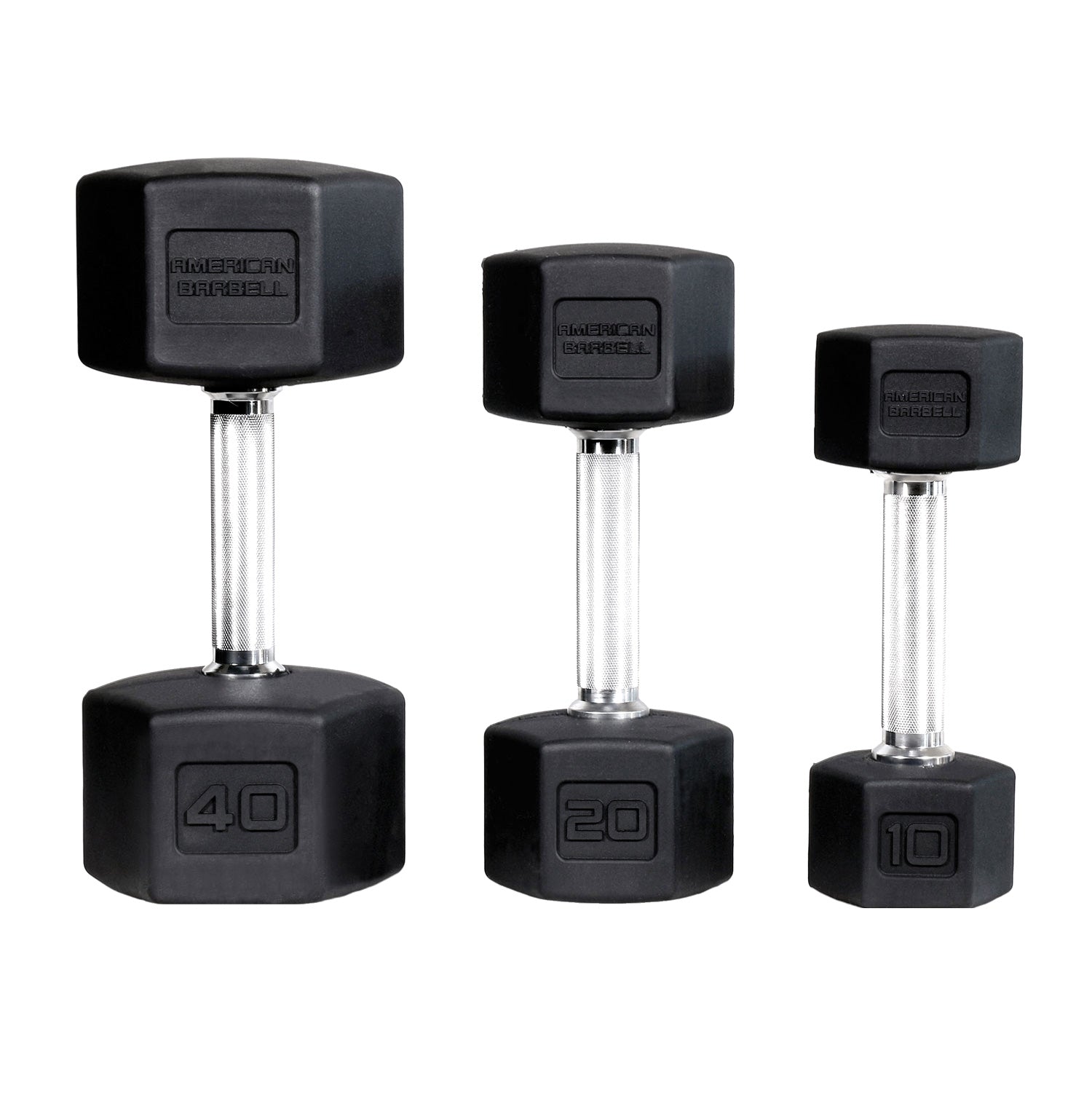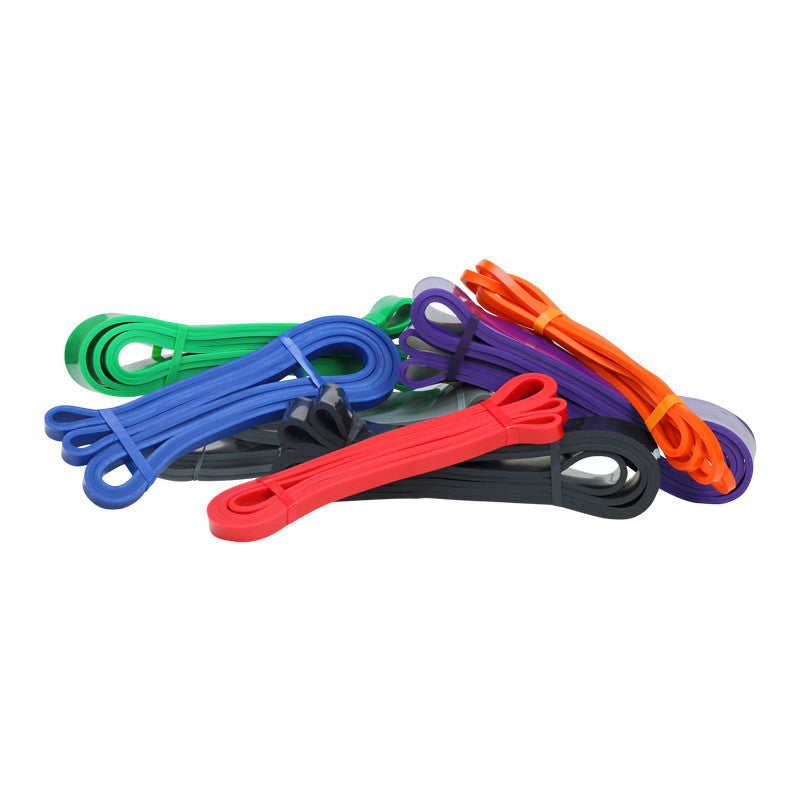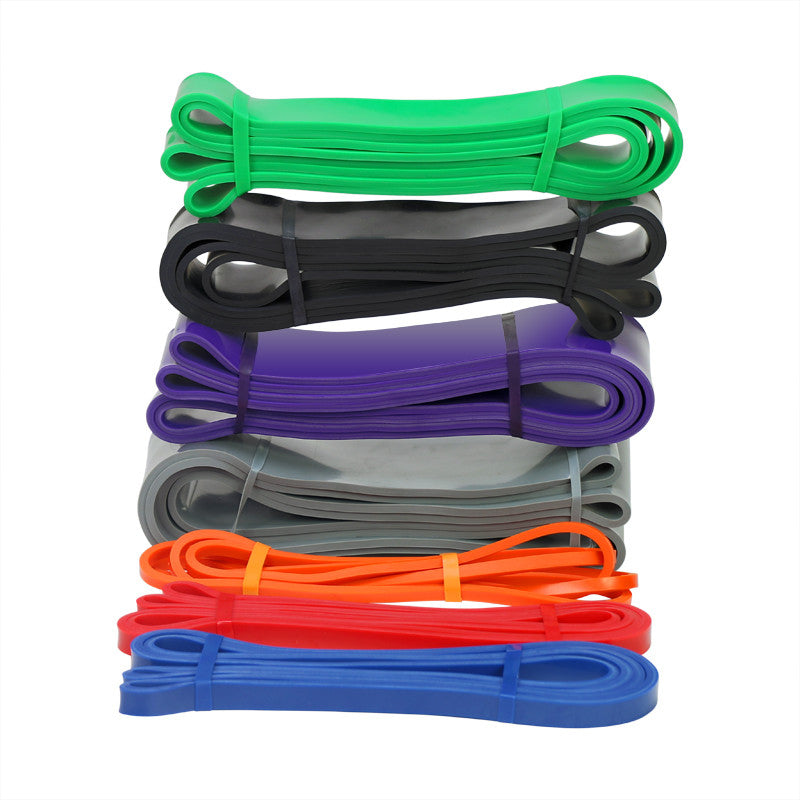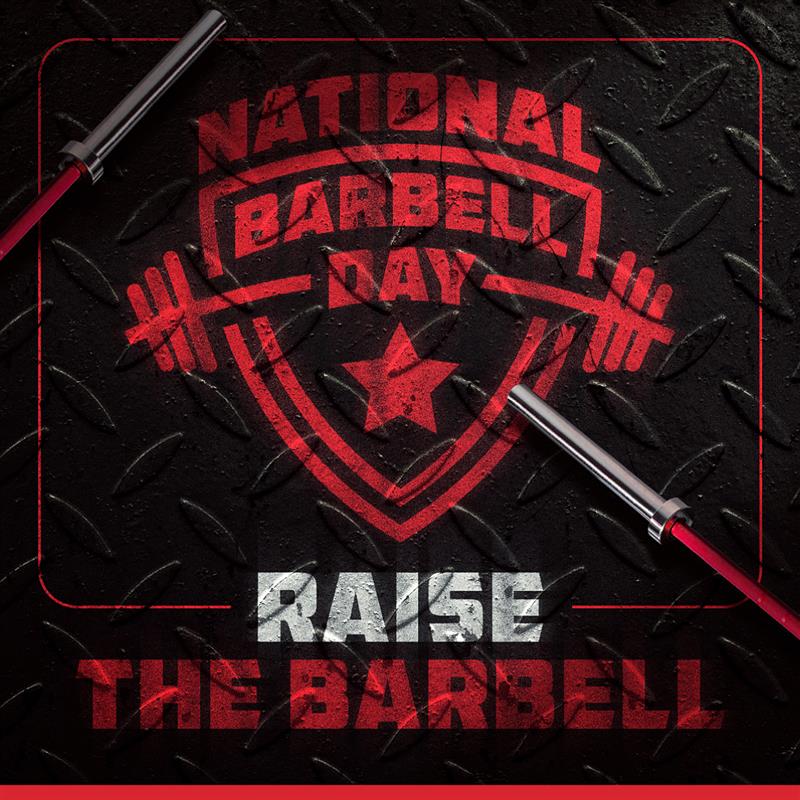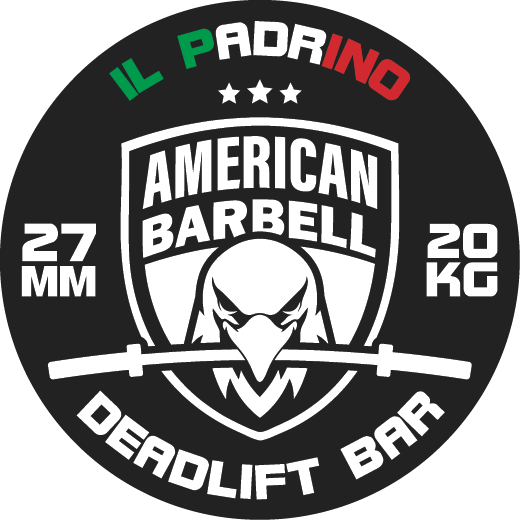Be a jack of all trades and beware becoming a master of one…when it comes to your fitness programming ambition. Be versatile. Be athletic. Train for utility, longevity and function so you can still run, play and be athletic into your 70s and beyond.
Professionals at the far end of the spectrum (i.e. bodybuilders, cyclists, marathon runners, powerlifters) are not training for long term life functionality – they are niche and betting heavily on one type of exercise which is usually linked to a competition or targeted objective.
Does your fitness program have application to being useful? Strange question huh? The more narrow your program and the more specific you are to a routine modality, you may become less functional over time. You want to be as strong as possible while being as lean as possible while possessing the capacity to perform or adapt to athletic movements efficiently. If you would struggle with completing a 2-mile run under 16 minutes or if you can’t bench press your body weight (75% for ladies, BW for men) 10 times, let’s look at your program. If you don’t press, squat and deadlift weekly while also doing both anaerobic and aerobic work for your heart, let’s evaluate your exercise selection.
As a dad to my young daughters, I have to jump, run, lift at odd angles, carry heavy stuff and play daddy horse while I get jumped on and stampeded on repeatedly. All of that with energy, mobility and strength – then I have to train. They have taught me an important lesson – make sure your weekly fitness program addresses multiple areas to ensure you can play hard without injury and still be able to feel good. Reduce your weaknesses! I’m not sure the athletes at the far end of the spectrum could absorb all of that.
Here are some broad stroke concepts to consider as you make your fitness program more versatile, sustainable and healthier long term.
1. Squat, press and deadlift. The big three. Do them weekly and make sure you are putting enough load on the bar or in your hands.
2. Run, ride, row. Better yet, all three! Both for endurance and for higher end heart rate training.
3. Mix it up. You can stay with your go-to movements but mix in movements that address where you are weak. Be capable of doing many movements well.
4. Test yourself. Know what numbers, times or metrics you need to be accountable.
5. Get out of the gym. Yep, transfer what you are doing in the gym to a sport, activity or at least have a reason why you train the way you do. This is called purpose.
Nutrition, recovery and lifestyle choices play a major role as well. All in balance. But if you’re going to workout or train, why not ensure it puts you in the best position to win at health and functionality for a long time?

